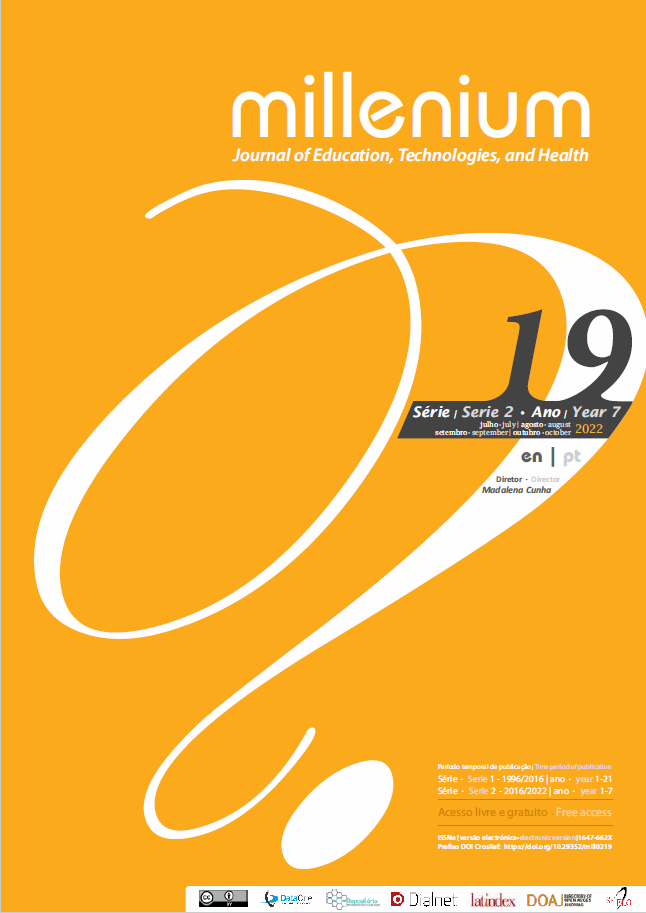El Paradigma de la Movilidad Actual, los nuevos coches y el reto de la compra
DOI:
https://doi.org/10.29352/mill0219.28157Resumen
En la actualidad, existe un paradigma sobre las soluciones energéticas en lo que se refiere a su coste e impacto ambiental, ambos aspectos relacionados con su eficiencia. Si para la ONU y la UE los principales retos son la promoción de la sostenibilidad y la descarbonización de la sociedad, para el usuario típico, ante una crisis energética y otros “fenómenos” derivados de la coyuntura internacional, el valor pagado por la energía es un aspecto fundamental. Si, por un lado, existe la necesidad de definir buenas prácticas y cambios de comportamiento, por otro lado, los costos de los vectores energéticos pueden comprometer este objetivo. Un ejemplo de esta situación puede ser la “ola” de inflación que impera en Europa, apalancada por la crisis del combustible derivada de la guerra de Ucrania y la especulación del mercado. De esta forma, las Instituciones asumen un papel fundamental y deben ser el mecanismo para una reflexión profunda sobre los desafíos que enfrenta la sociedad actual y las consecuencias para las generaciones futuras de procesos complejos relacionados con la globalización, el cambio climático, las dependencias energéticas, los conflictos geoestratégicos, las migraciones y la digitalización en sectores tan diversas como la alimentación, la salud, la vivienda y el transporte. Por ello, las instituciones deben crear mecanismos políticos, económicos, técnicos y otros que permitan al usuario común adoptar buenas prácticas y tomar decisiones informadas.
Descargas
Descargas
Publicado
Cómo citar
Número
Sección
Licencia

Esta obra está bajo una licencia internacional Creative Commons Atribución 4.0.
Los autores que sometan propuestas para esta revista estarán de acuerdo con los siguientes términos:
a) Los artículos serán publicados según la licencia Licença Creative Commons (CC BY 4.0), conforme el régimen open-access, sin cualquier coste para el autor o para el lector.
b) Los autores conservan los derechos de autor y conceden a la revista el derecho de la primera publicación, se permite la divulgación libre del trabajo, desde que sea correctamente atribuida la autoría y la publicación inicial en esta revista.
c) Los autores están autorización para firmar contratos adicionales separadamente, para la distribución no exclusiva de la versión del trabajo publicada en esta revista (ej.: publicar en un repositorio institucional o como capítulo de un libro), con reconocimiento de la autoría y publicación inicial e esta revista.
d) Los autores tienen permiso y son alentados a publicar y distribuir su trabajo on-line (ej.: en repositorios instituciones o en su página personal) ya que eso podrá generar alteraciones productivas, así como aumentar el impacto y la citación del trabajo publicado.
Documentos necesarios para la sumisión
Plantilla del artículo (formato editable)





